A PERIPATETIC JOURNEY
|
not all who wander are lost
|
MAIN BLOG
|
By the end of February 2018, our work in Panama City was done and we were ready to escape from the urban hustle-bustle. We cleared out of Panama, dropped our mooring at the Balboa Yacht Club and motored over to the La Playita anchorage. Early the next morning, we left for the Islas Perlas with our good friends on Blue Zulu. There we explored the sparsely populated island group, prepared for our upcoming passage to the Galapagos, and took advantage of the clear, clean water to thoroughly clean our hulls - a requirement for entry into the Galapagos. We spent a few lovely days in the Perlas with Anna, Patrick, Lot, Stella, and Fin from Blue Zulu while waiting for our weather window for the 5-day sail to the Galapagos. On March 2, we saw that conditions looked favorable for departure early the next morning. Counting Stars and Blue Zulu chose a sheltered anchorage on the western side of the island group and began preparing the boats for the open ocean. All gear on deck was either secured or brought inside. Items in the galley, saloon, and bedrooms were stowed. We pulled out the foul weather gear (just in case - bad weather was not forecast) and made sure the seasickness meds were readily accessible. Kendall baked bread and cooked pasta while Brian took care of pre-departure engine maintenance and rigging inspection. The passage from Las Perlas to the Galapagos would be our longest so far. Early on the morning of March 3, 2018, we set off for the Galapagos with Blue Zulu. The passage was mostly uneventful, although the first night at sea was a bit squally, and we had favorable winds and made good time. The sunsets and sunrises were awe-inspiring on this passage. Below are a few of our favorites. It is very interesting how the camera lens always seems to flatten the seas as we experienced some good-sized waves on this trip! We did have a few exciting wildlife encounters. One afternoon, we spotted something large swimming toward us from the southwest. As it came closer, we realized 'it' was actually three large orcas. We called the kids and scrambled for a camera. Watching these majestic creatures swim past our stern was a thrilling experience! As we neared the Galapagos, we were visited by red-footed boobies. Of the three species of boobies native to the Galapagos (Nazca booby, blue-footed booby, red-footed booby), the red-footed boobies are the most wide-ranging, flying far out to sea to feed. They often bum rides on incoming boats, catch the flying fish startled by the boat, and leave their messy calling cards on the deck. We had up to three of them visiting at a time, perched on the bow pulpit, screeching and squawking at each other. They weren't easily frightened and we were able to come quite close to take photos. On the morning of March 8, we spotted land for the first time in over five days. It was thrilling to be approaching the legendary Galapagos Islands - a place that we'd seen in so many nature documentaries!
By afternoon, we were safely anchored in Puerto Baquerizo Moreno at the island of San Cristobal. It would be the first of three islands we'd visit while in the Galapagos. Already in port were our friends on the catamaran, Higgins, who we'd first met in Shelter Bay. A few hours later, Blue Zulu arrived at the anchorage. We had arrived too late to clear in, so we tidied up and prepared for the officials to arrive the next morning. We were ready for some rest after the long passage and went to bed early. Little did we know that it would not be a restful night for some of us...
1 Comment
In total, we spent over two weeks in Panama City both before and after transiting the Panama Canal. It was a busy time filled with boat work, boat school, provisioning, hair cuts and dentist appointments, and spending time with friends. We thoroughly enjoyed seeing the city and exploring both the old and new. For most of this post, we'll let the photos speak for themselves... The Frank Gehry-designed Biomuseo is difficult to describe. It consists of 8 galleries showing the origins, history, and biological significance of the isthmus of Panama. We spent a morning there enjoying both the visual - there was a 3-story room with video projected onto 10 screens, including the floor - and educational experiences. Another gallery presented the human history of the Panamanian isthmus from the time it rose from the sea until the present. Yet another presented the great exchange of species that occurred when the two continents were joined together by the formation of the isthmus. One night, we heard the sounds of a big party near our Air BnB apartment in Casco Viejo so we went to investigate. Although our Spanish is basically nonexistent, we were able to determine that it was a fundraiser of some sort that included a wine tasting in the beautiful ruins of a large building. Eager to experience Panama City like a local (except for the speaking Spanish part), we bought tickets and went in to watch the young and beautiful of Panama City get very inebriated. (A couple of weeks later, Kendall was at one of the large grocery stores and saw a young woman who looked very familiar. After searching her memory for a few hours, she realized it was one particularly hard-partying person from the wine tasting night.)
As we sampled the wines, we were finding the whites to be a bit sweet for our tastes. We opened our trusty Google Translate to find the words to ask for drier wines. Fortunately, we had learned from an embarrassing Google Translate experience in Colombia involving the word huevos (you can imagine) that it is a good idea to translate back into English before attempting the Spanish. We included the screenshots below. Later that night we met up with the Element crew for a fun night club hopping that somehow ended with balloon hats for the female crew members. After unforeseen repairs resulting in a one-week delay of our Panama Canal Transit, we were rescheduled for Thursday, February 15, 2017. The original plan was for us to meet our advisor in the Flats anchorage around 1pm, proceed through the Gatun Locks, spend the night moored in Gatun Lake, then the next day continue through the Pedro Miguel and Miraflores Locks into the Pacific Ocean. Our advisor contacted us the day before to let us know we'd been bumped to Friday. Being bumped was disappointing but not unexpected as we'd seen this happen to friends who'd transited before us. The big ships always go first! Because of this news, we slowed the pace of our last-minute preparations a bit. Then later, our agent stopped by to let us know that the boat in front of us on the schedule had decided to wait due to the windy conditions outside the marina and that our transit advisor would board at 6am Thursday morning, 7 hours earlier than we'd originally planned. That meant that we had to leave the marina by 4pm to anchor in the Flats before sunset. We scrambled to finish preparations and let our line handlers know the change of plans - fortunately both couples were flexible and they were aboard Counting Stars in plenty of time for us to reach the night's windy and rainy anchorage. The winds that deterred the boat ahead of us had caused some waves to build inside the Panama Canal breakwater, and we spent a bumpy night in the Flats. By morning, the wind and waves had abated a bit, and we were ready with coffee and biscuits when Moses, the advisor, and Victor, the advisor trainee, boarded just after 6am. Friends on a boat anchored nearby took the above photo as the eleven of us aboard Counting Stars motored toward the first Gatun Lock to begin our transit to the Pacific. A sailboat can pass through the locks on its own, tied to one or more other sailboats, or tied to a tugboat. Counting Stars went through the Gatun Locks with a tugboat and a large Panamax car carrier called Morning Charlotte (Panamax ships are built specifically for Canal transits and are as large as they can be and still fit in the locks). Morning Charlotte went into the lock first, then the tug entered behind them and tied to the right side wall. When the tug was secured, the advisor instructed Brian to pull up next to the tug, the line handlers tied on to the tug, the lock gates closed, and the lock began to fill with water. Once it was full, the gates in front of Morning Charlotte opened. The big ship moved forward, we untied from the tug, and waited for it to move ahead before following to the next lock where the procedure was the same. While we waited for the second lock to fill, we shared fresh-baked brownies with the appreciative tugboat crew. After the second lock filled and was opened, Morning Charlotte exited the lock, then pulled to the side to let us pass. They would transit the next set behind us. We waved goodbye to the friendly tugboat crew and made our way into Gatun Lake. This was Counting Stars first, and perhaps only, time in fresh water. Kendall provided lunch to the advisors and line handlers while Brian steered Counting Stars across Gatun Lake. It was interesting to pass so closely to the enormous cargo and cruise ships making their way across the lake to the Caribbean. When we were nearly across, we stopped to pick up a catamaran that had passed through the Gatun locks the afternoon before. Our two boats would be tied together for the next set of locks. We prepared fenders and lines on our starboard side, the other boat did the same on their port, and we pulled up next to them and tied on. It turned out we knew the boat, an Outremer named Free Bird, having met the French owners at the Marina Santa Marta in Colombia. Because we were tied to the tug, the line handlers didn't have to do any line handling in the Gatun locks. All they needed to do was tie on to the tug, and make sure the fenders between Counting Stars and the tug weren't pressing on any of our windows. When we went through the Pedro Miguel and Miraflores locks, we needed to only handle lines on the port side, while Free Bird's line handlers only had to do so on the starboard side. A shoreside handler on the edge of the lock throws a messenger line attached to a weighted monkey fist. The onboard line handlers have already tied a large bowline loop in the lines; the messenger line is then tied to this loop, which is then pulled back by the person on shore who places the loop on a bollard. Since we were going down, the onboard line handlers would slowly ease the lines as the water level dropped in the lock (if we had used the lines in the Gatun locks, the handlers would have been pulling them in as the lock filled). Once the lines on both Counting Stars and Free Bird were secured, Morning Charlotte was pulled into the lock behind us by small locomotives. It is hard to describe how it felt to be dwarfed by such an enormous ship. We took a lot of photos, but it was difficult to choose one that really showed how big she was. Perhaps the best photo is the screenshot Kendall's sister took as she watched our transit via the Miraflores Lock webcam. Counting Stars and Free Bird look like toy boats! As the lock finished draining, the heavy gates began to slowly open. First we could only see a small glimpse of the Pacific beyond, but as the gates opened more, our excitement grew. Kendall was standing on the bow with Victor, who said quietly and somewhat reverently, "Welcome to the Pacific."
We untied from Free Bird and began to coil the big lines and gather the fenders we had rented. We all paused to experience the moment we passed under the Bridge of the Americas, South America on our left and North America on our right. As Morning Charlotte made for the horizon and the sun set over the Bridge of the Americas, we tied up to a mooring at Balboa Yacht Club, said goodbye to our line handlers, handed over the big lines and fenders, and savored the moment. Transiting the Panama Canal was an incredible experience. The Shelter Bay Marina is surrounded by the ruins of the American occupation (ended in 2000) of the Panama Canal Zone. The Canal Zone was a 5-mile wide swath of land on either side of the canal from the Atlantic (Caribbean Sea) to the Pacific Ocean. Nature is taking over, and we often took walks through the abandoned buildings and bunkers that surrounded us. The boat kid gangs also loved to roam the area. As we walked along the overgrown paths and trails, we were amazed by the diverse bird species, including finches, parrots, toucans, and oropendulas. The oropendulas are large birds that build nests suspended from the tops of palm trees. We were very fortunate to be with our good friend and expert birder, Arliss Ryan, from the the boat Corroboree. She spotted and identified many of the birds we saw in the forest. Arliss, if you ever read this, please feel free to correct/add to our bird identifications! We were hoping to see howler monkeys on our walk through the forest. We could often heard them from the marina and had heard them before when anchored in Puerto Lindo, but we had not seen any. Not long after setting off on one of our walks, we began to hear the howlers. Howler monkeys are the loudest of all land animals; their calls can be heard from up to three miles away. It is not just the loudest land animal, but the second laziest (second only to the sloth), spending up to 80% of the day resting in the treetops. Adults can be up to 3 feet long with prehensile tails of up to another 3 feet long. We walked in the direction of their calls and soon were rewarded with a sighting of a troop of howlers, including a female with a baby in a tree just above us. On the way back to the marina, we saw a smaller (and quieter) capuchin monkey up in a palm tree. We were hoping to encounter a sloth, as they are regularly seen in this area. We spent about 10 minutes under their favorite tree, but did not see one this time or on any of our walks in the area.
At the end of January 2017, Brian went through the canal on our friends' boat, Blue Zulu, as a line handler. Since he'd end up on the Pacific side in Panama City, we decided to join him for a long weekend in the big city. There is a railway crossing the isthmus of Panama from the days before the canal was built. It is still in operation, providing passage between Colon and Panama City for tourists and people commuting between the two cities for work. Our friends on Element had also been planning a weekend in Panama City, so we took the train together. Once we boarded the train, we received snack boxes and a cup of coffee. Beer and cocktails were available at the bar, so we settled in to enjoy the trip across Panama.
|
AuthorMcGlynn family 5 (Isla, Marin, Eoin, Kendall, and Brian) sailing Counting Stars Instagram: svcountingstars
Archives
February 2019
Categories |
Proudly powered by Weebly




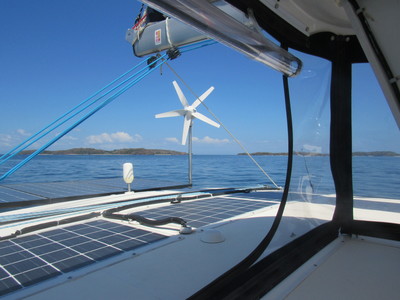



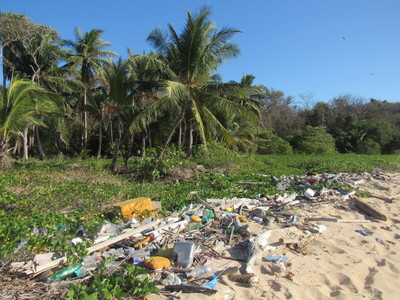


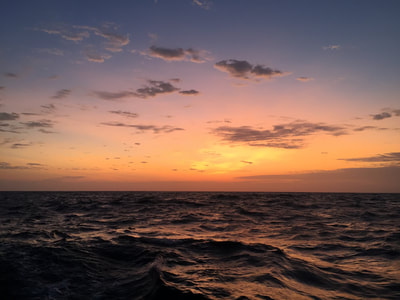



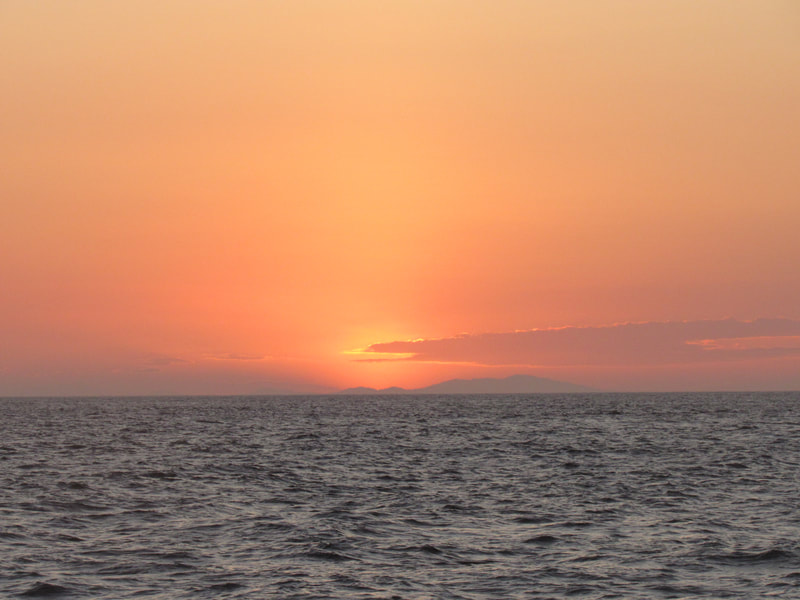

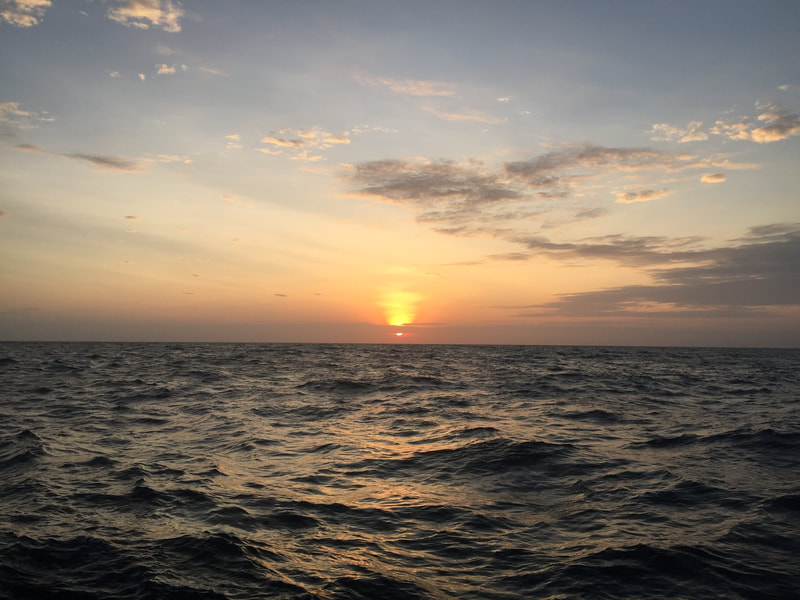

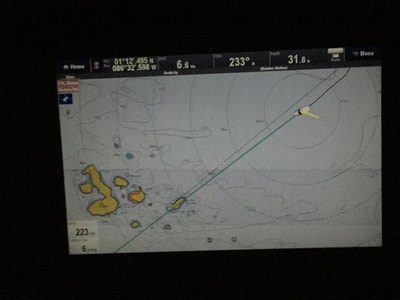

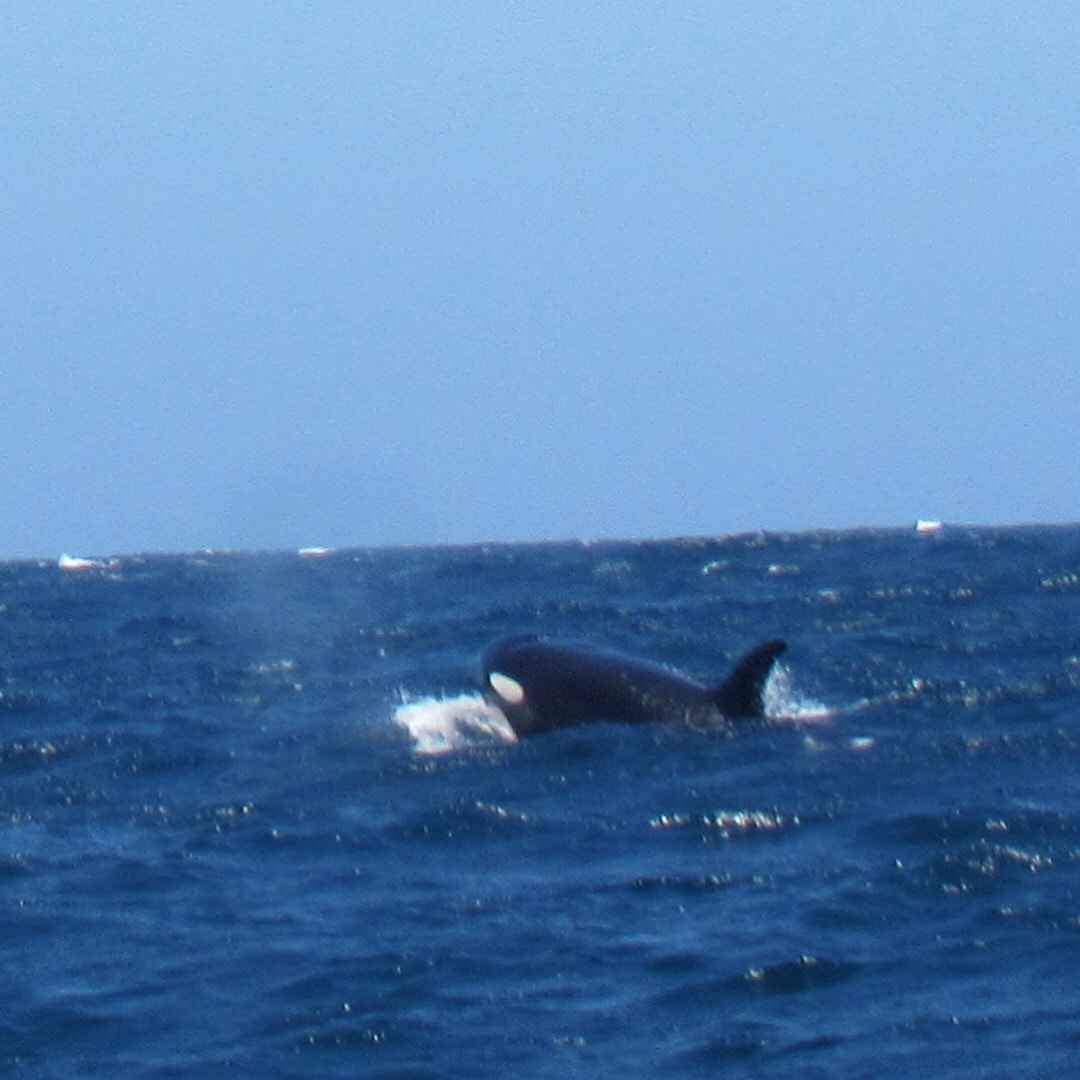

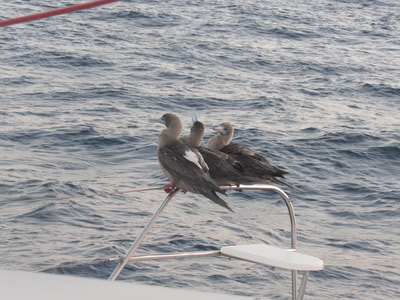
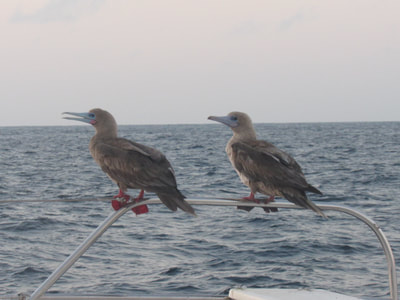
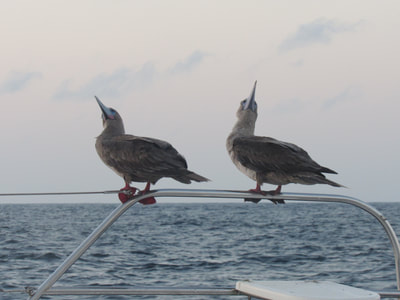


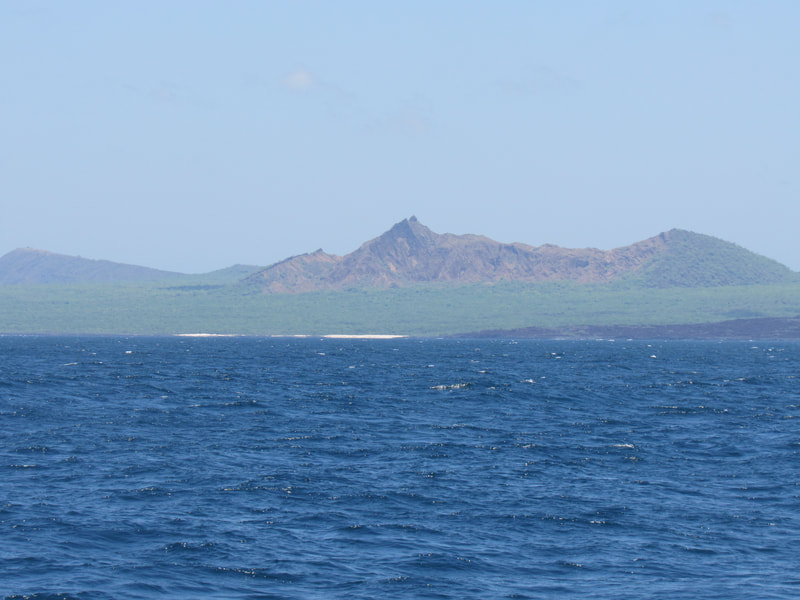
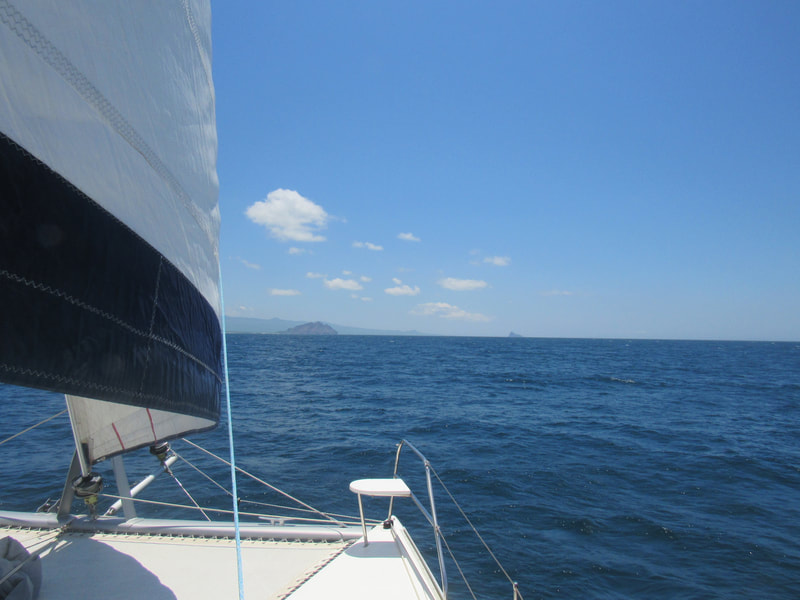





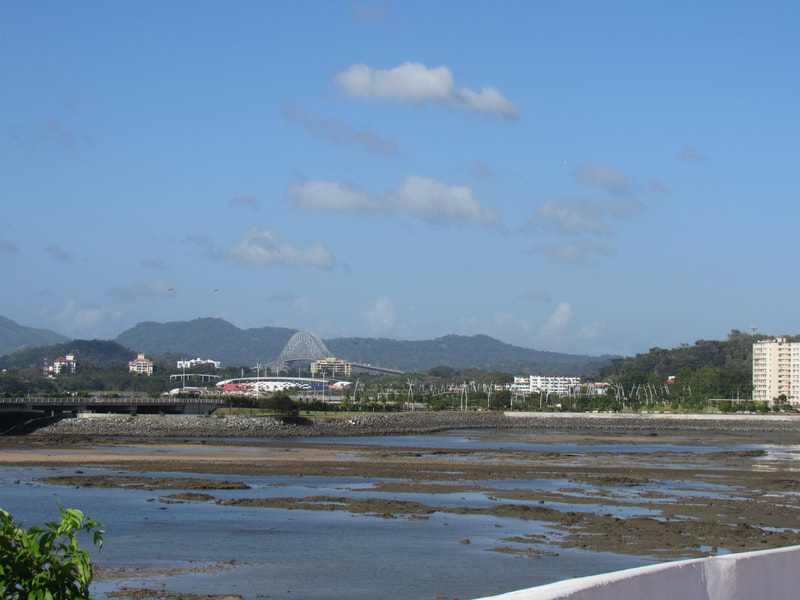
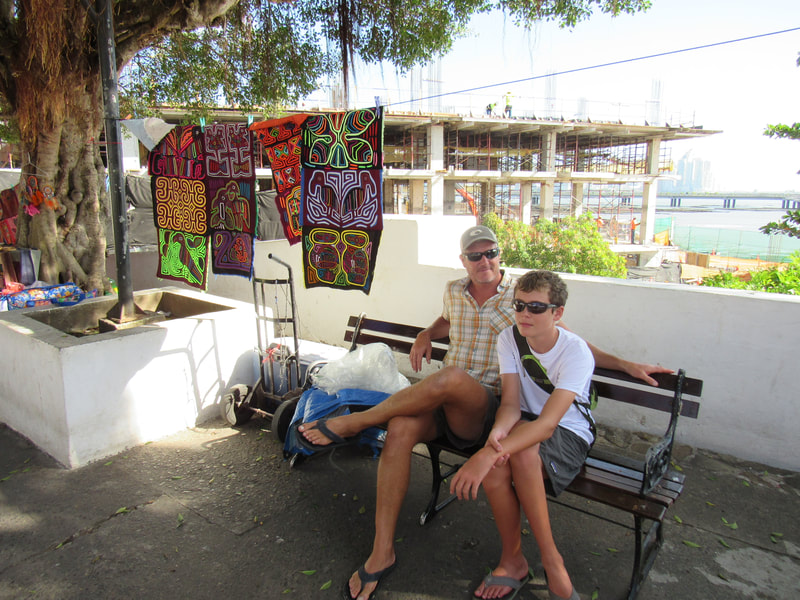
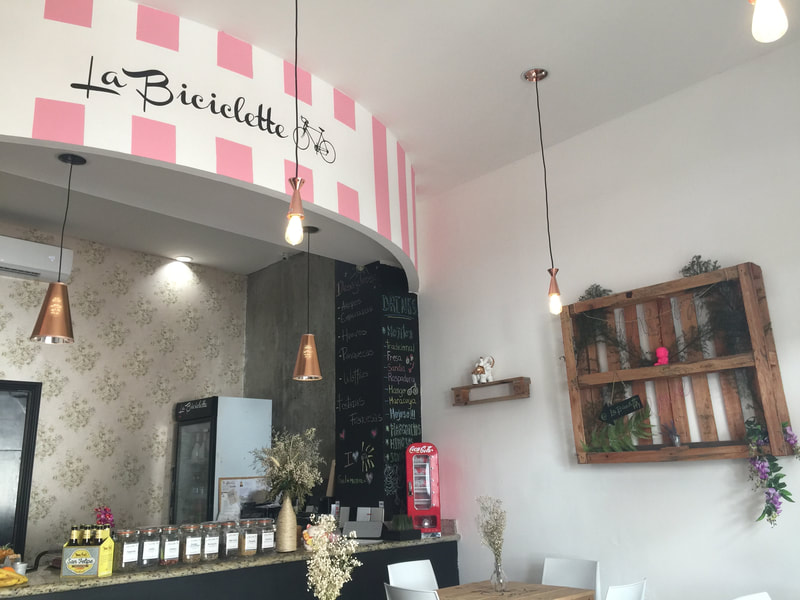


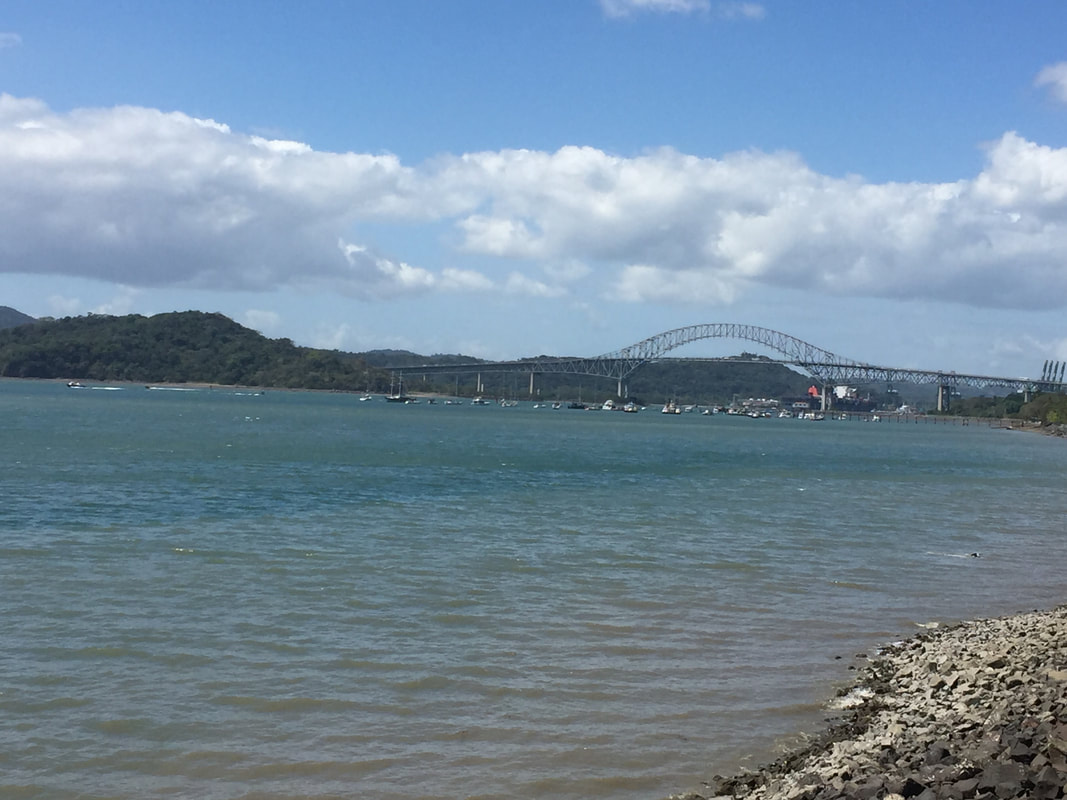


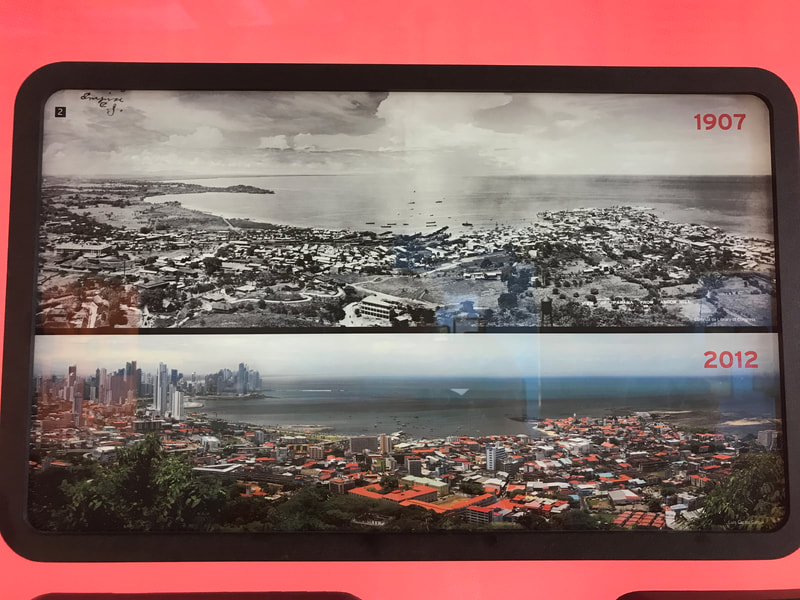
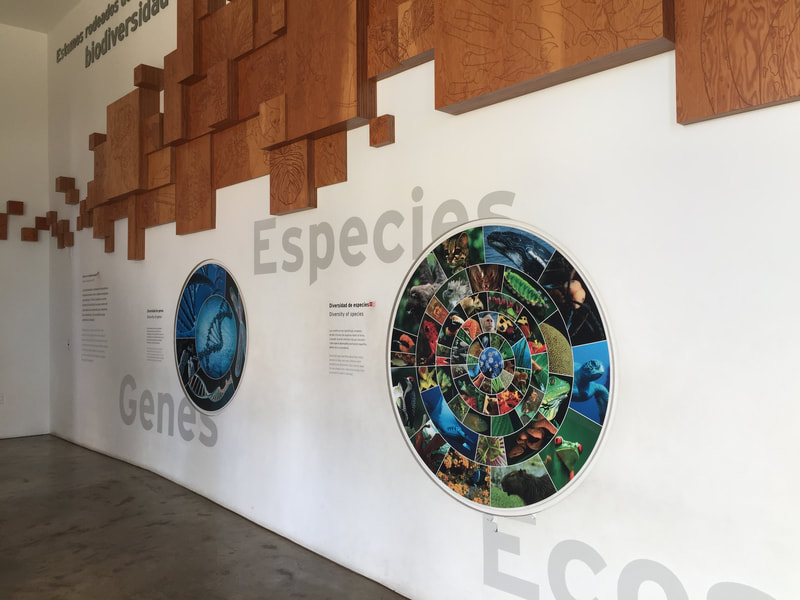
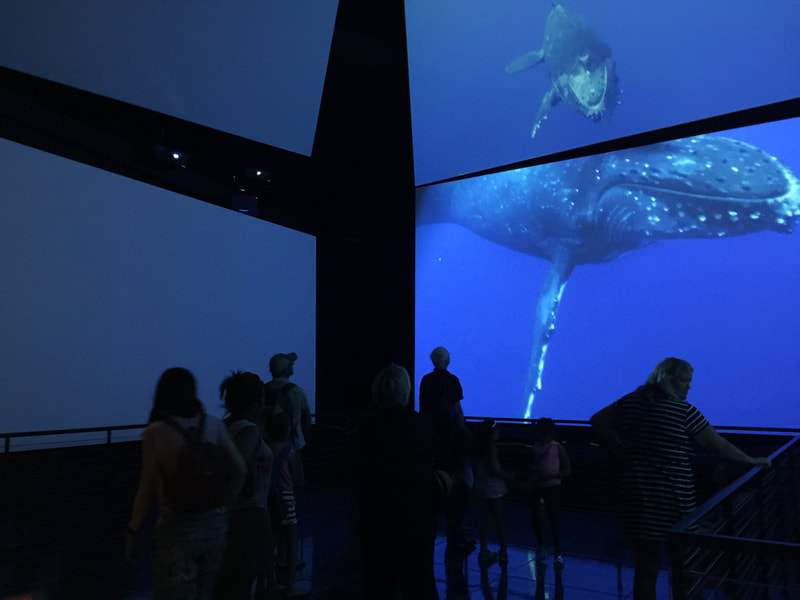
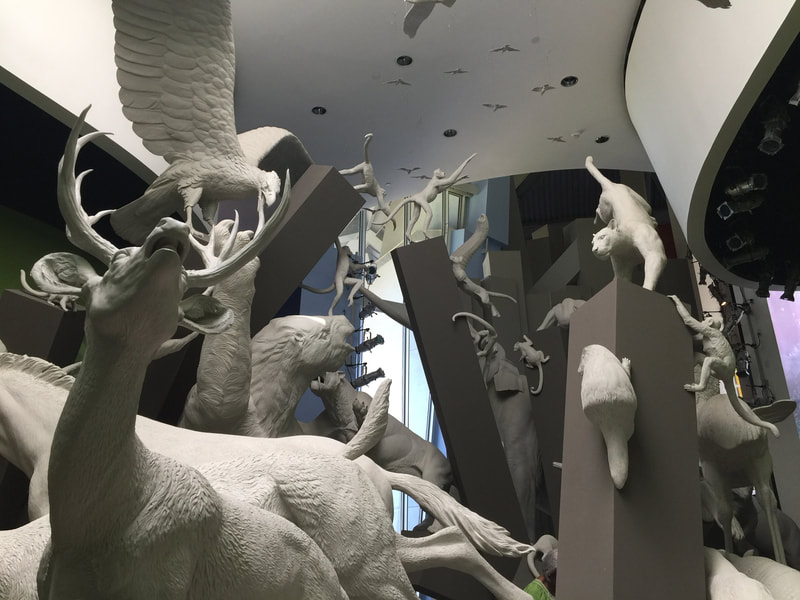
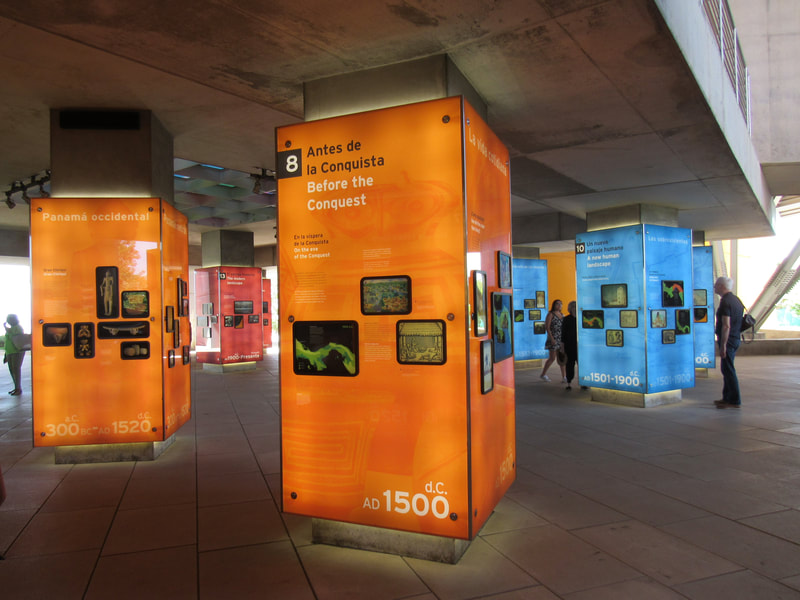

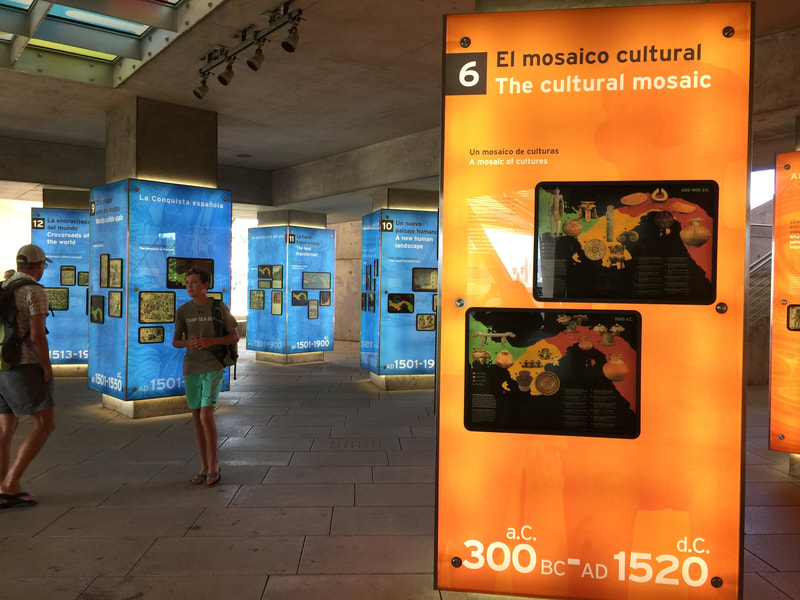


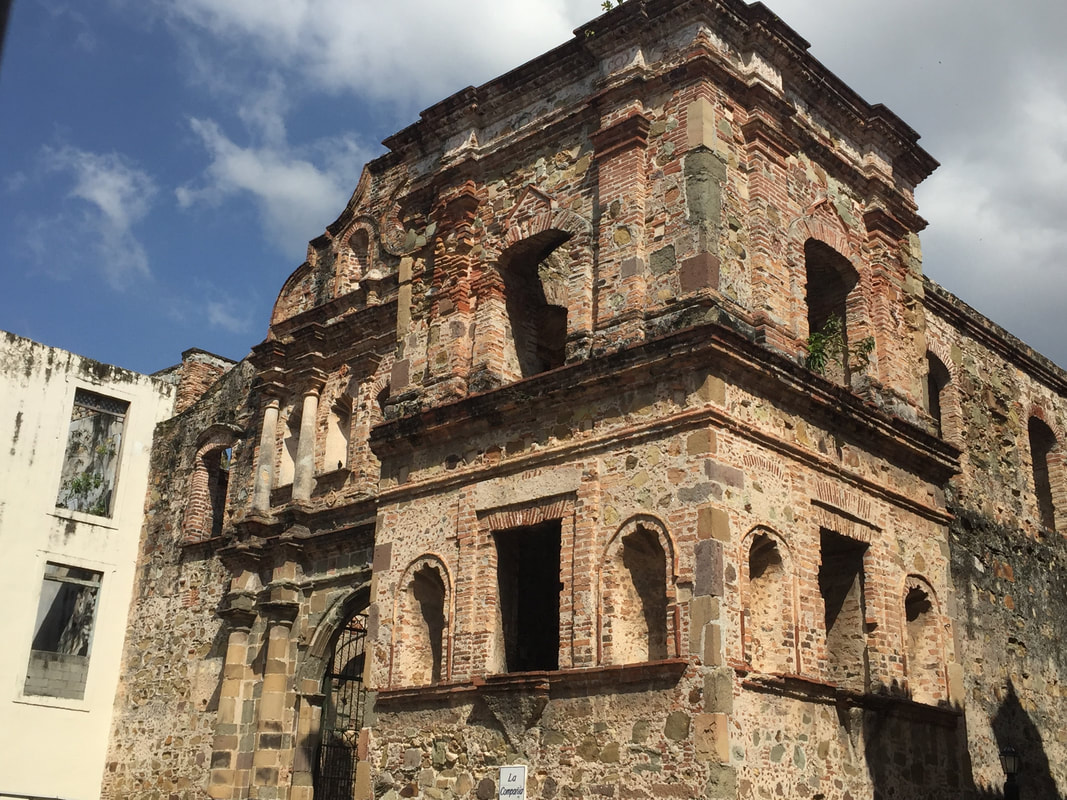
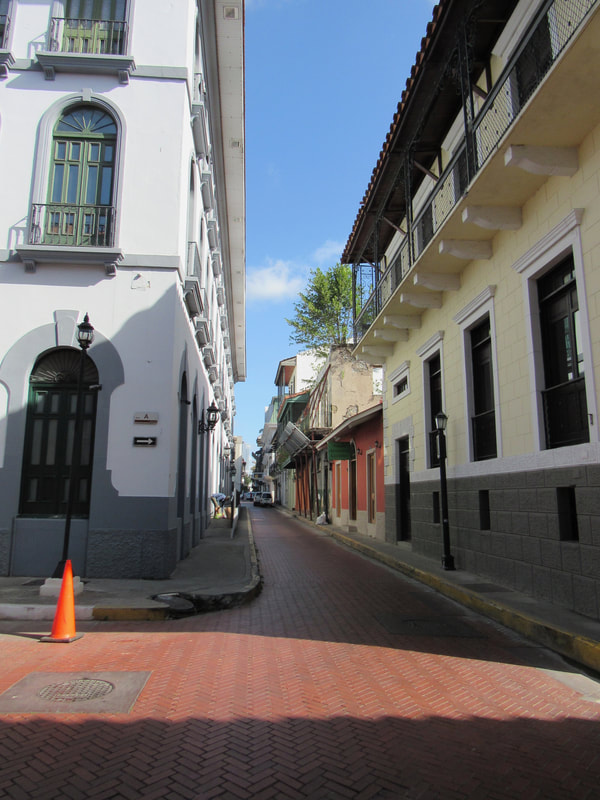

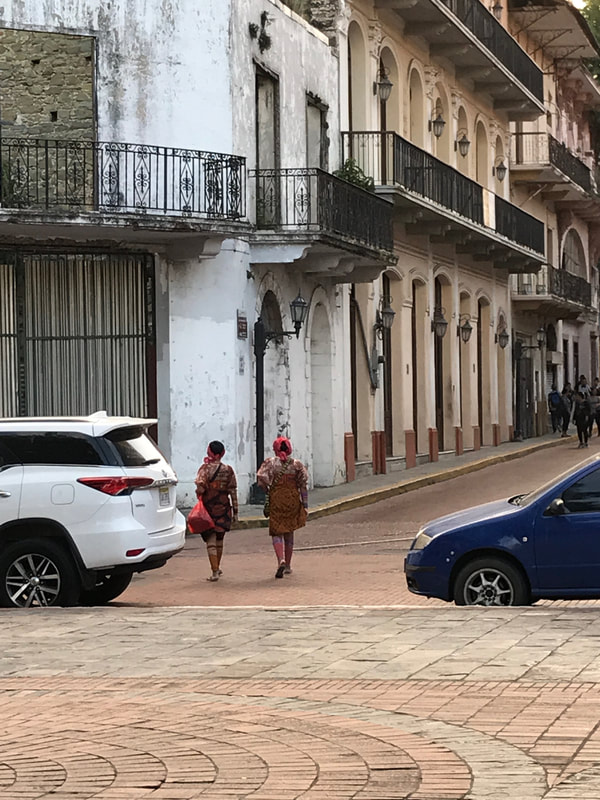








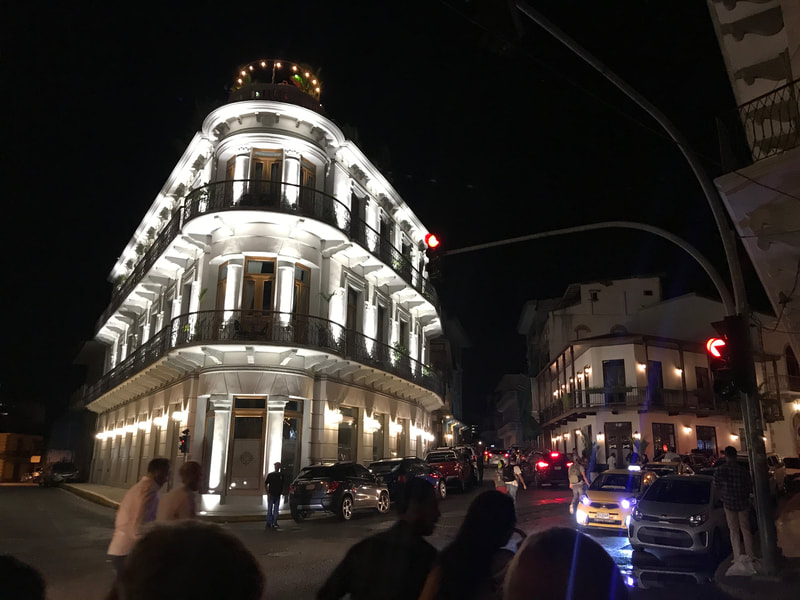
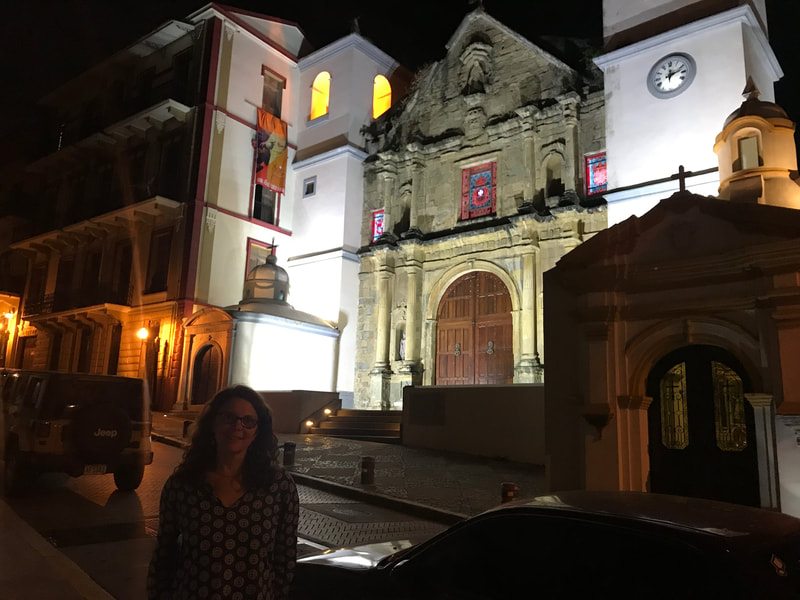
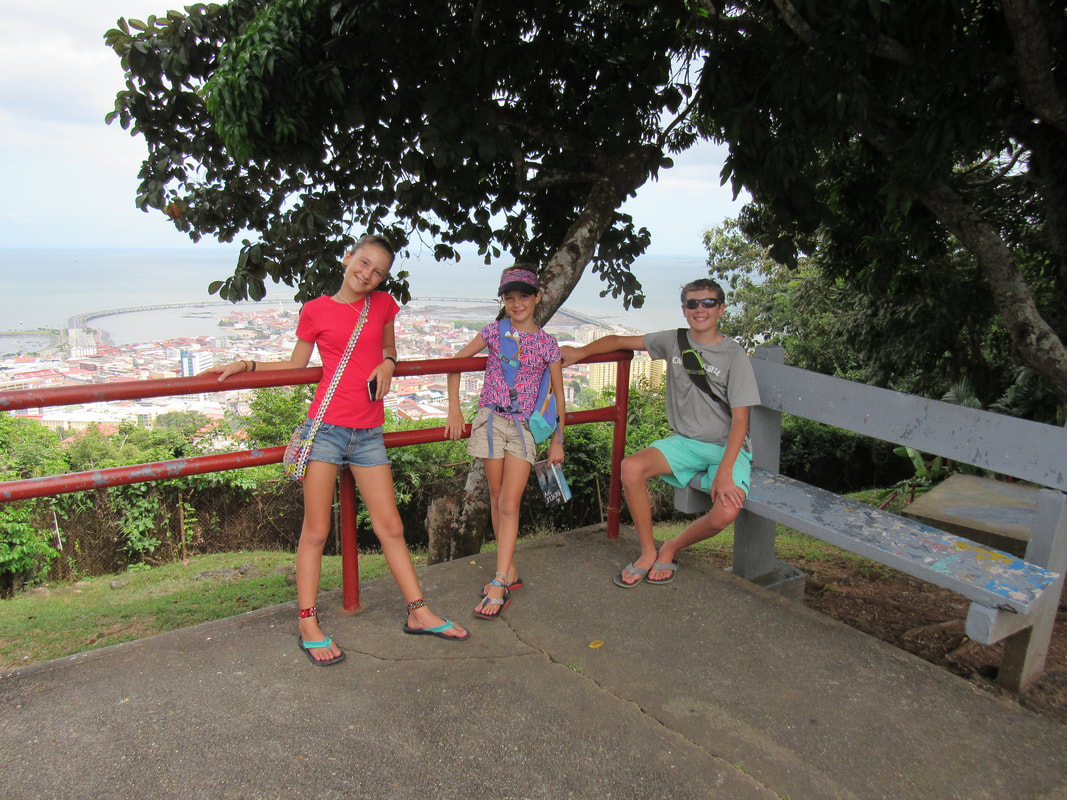
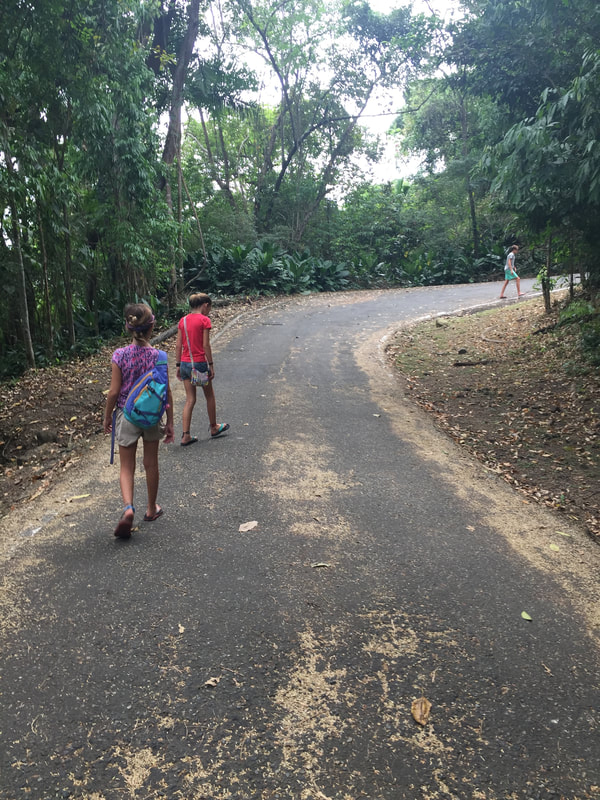

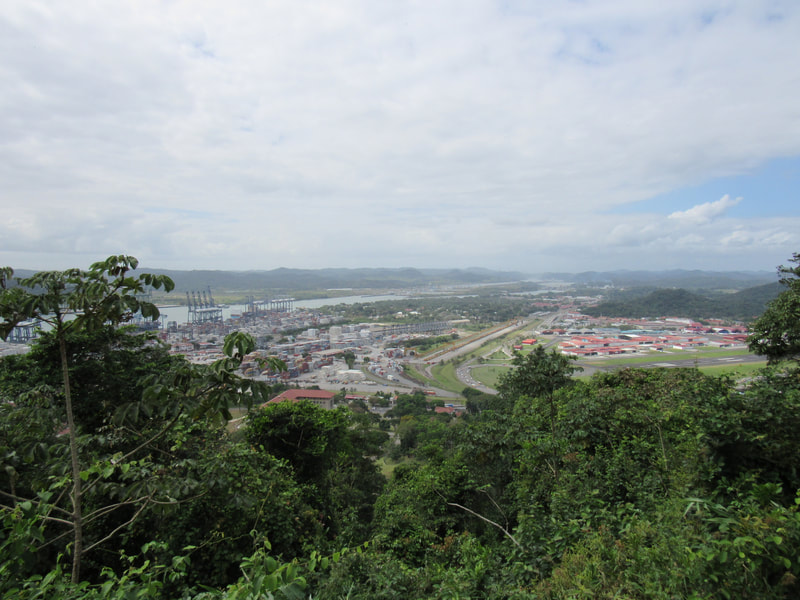
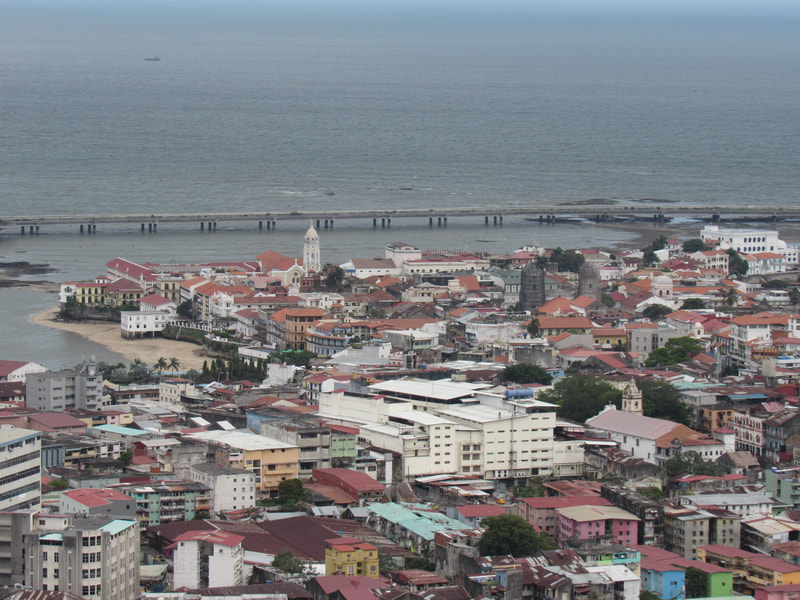

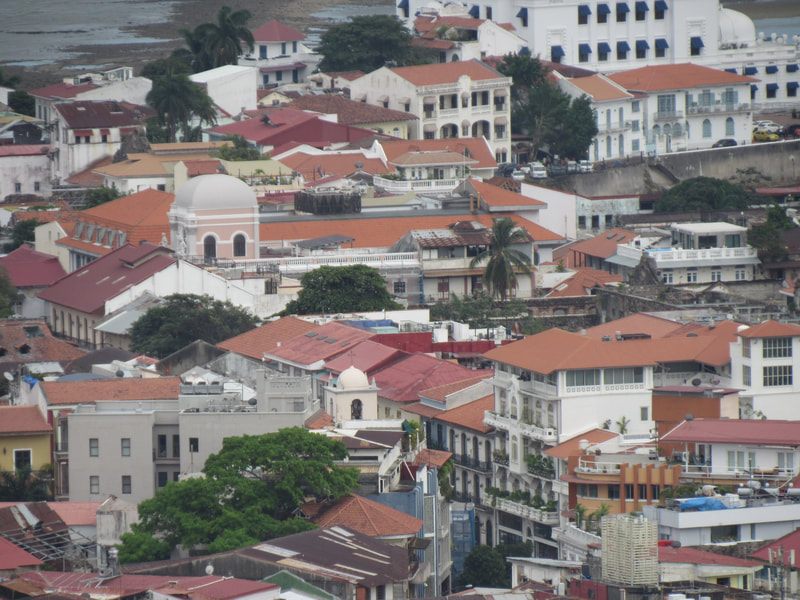

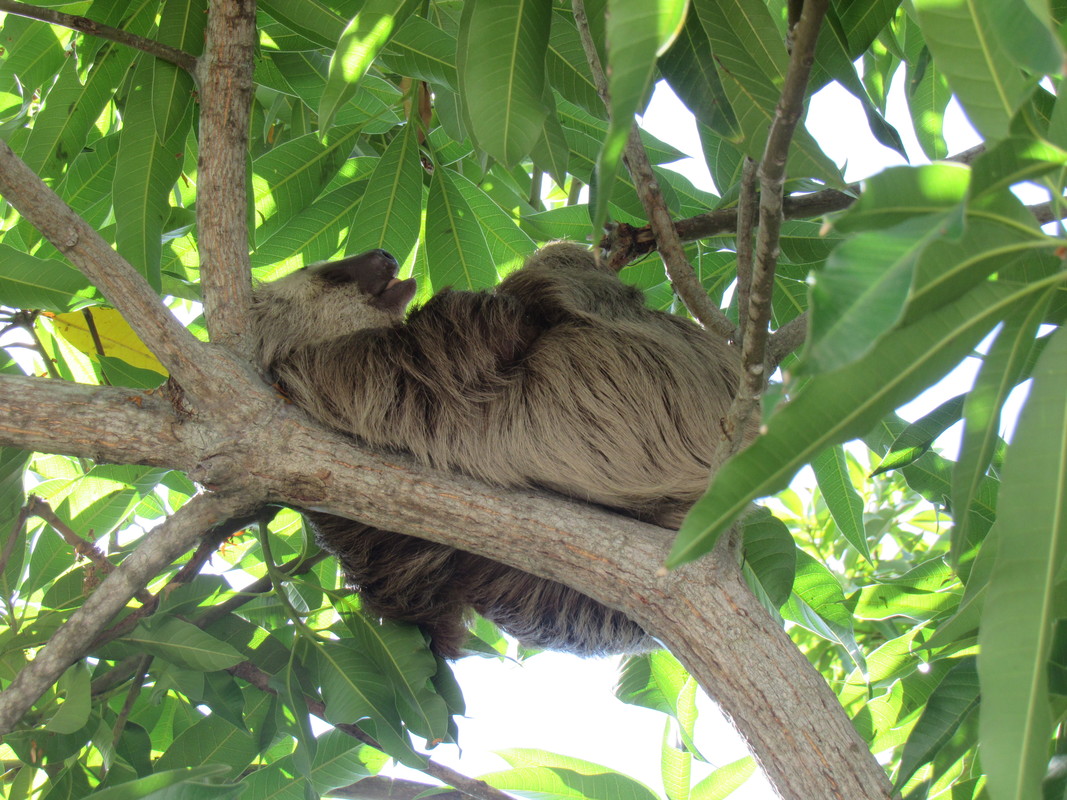
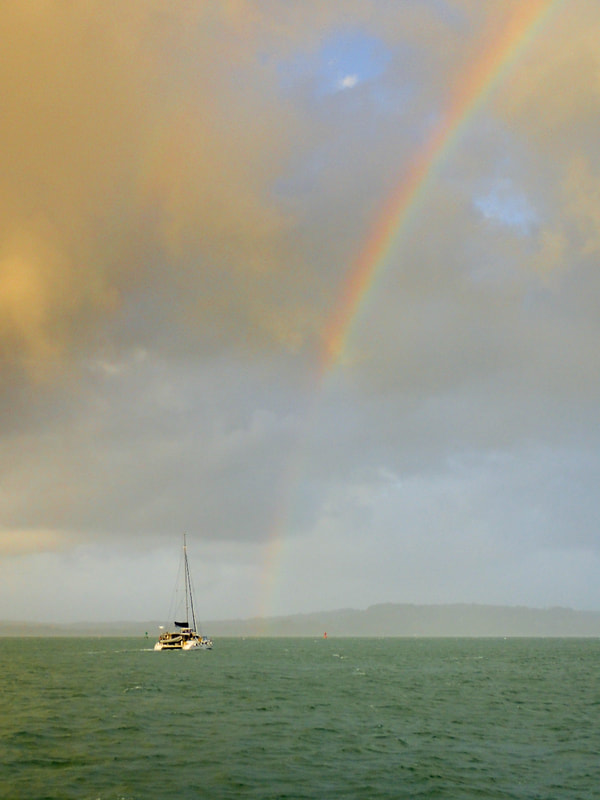


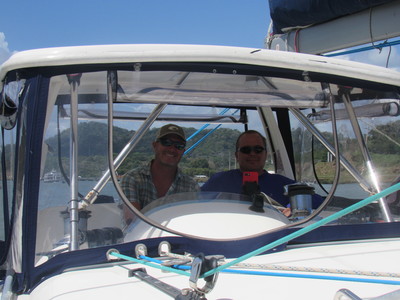
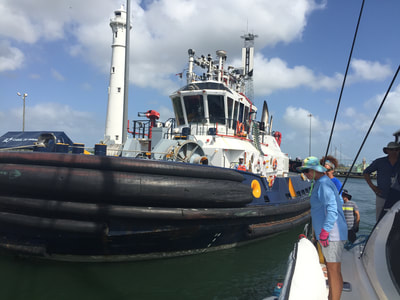






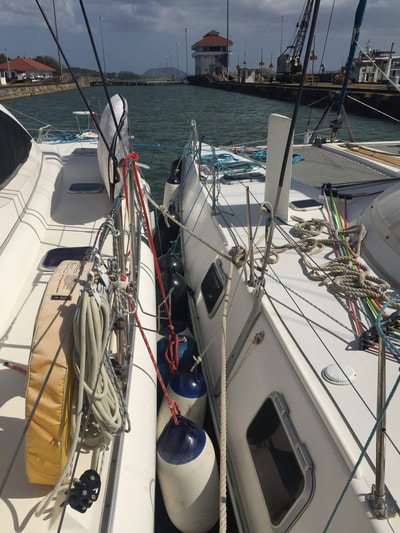

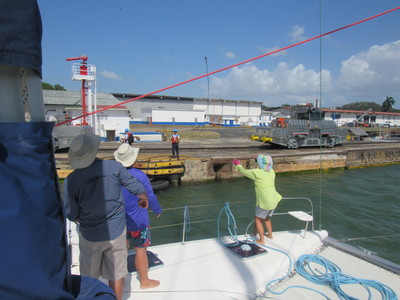



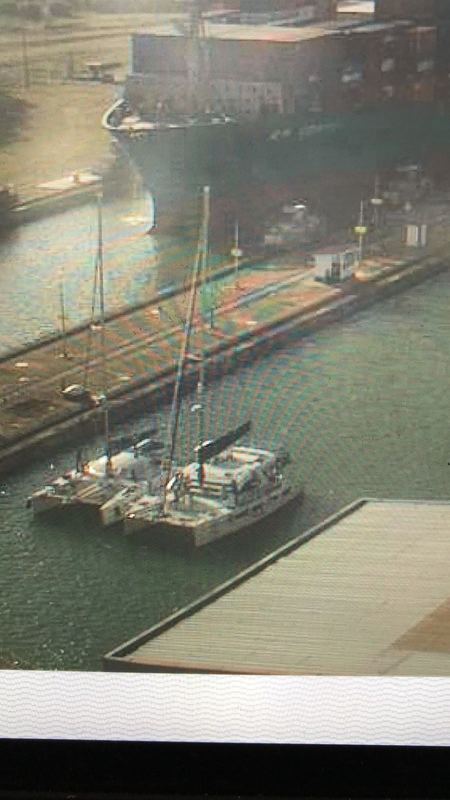
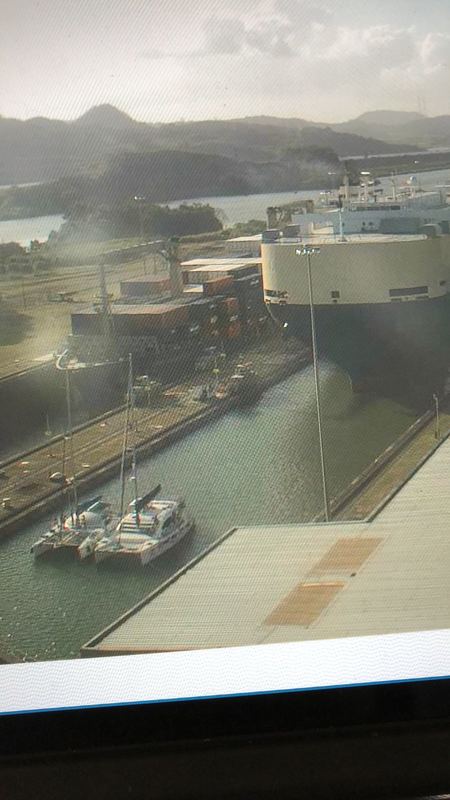
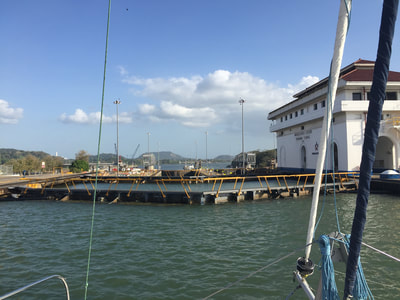
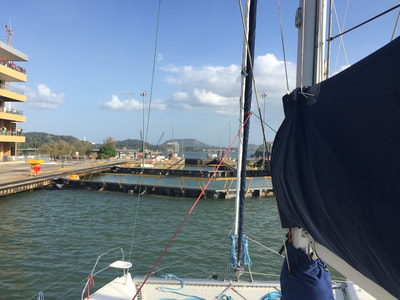
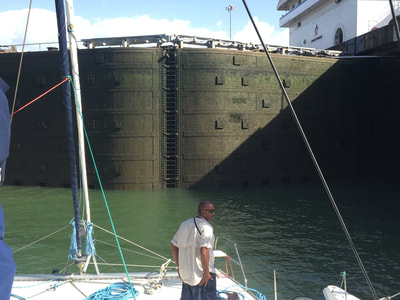

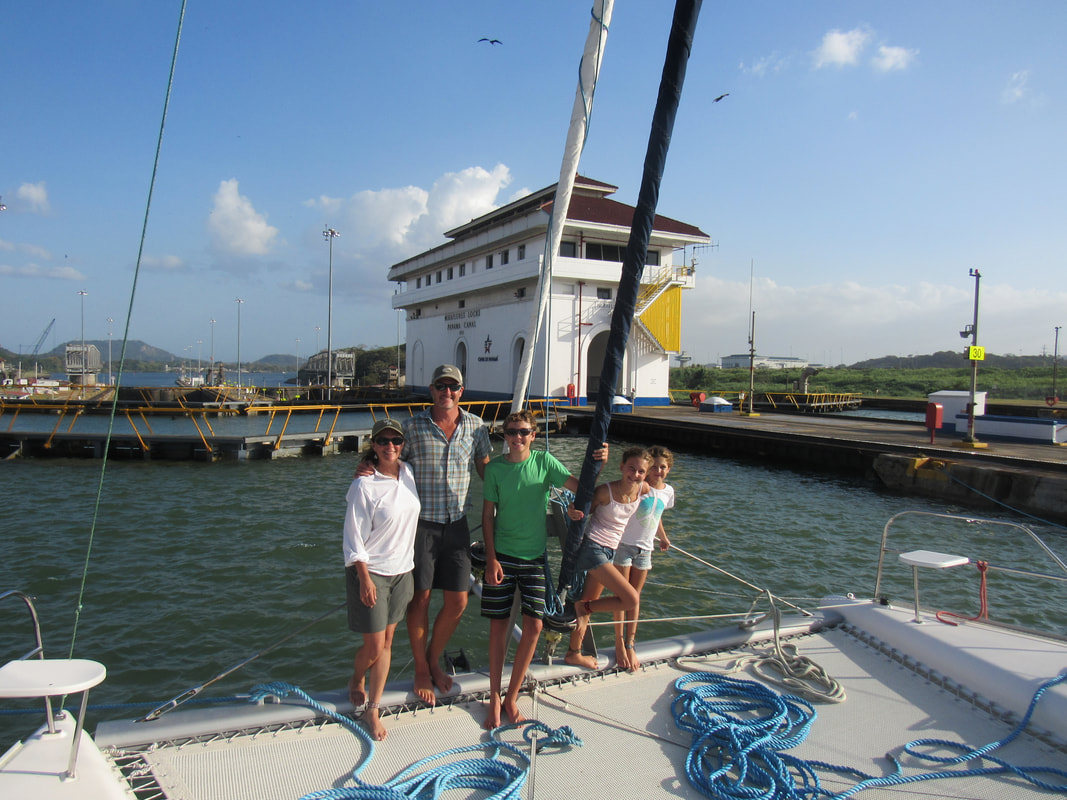


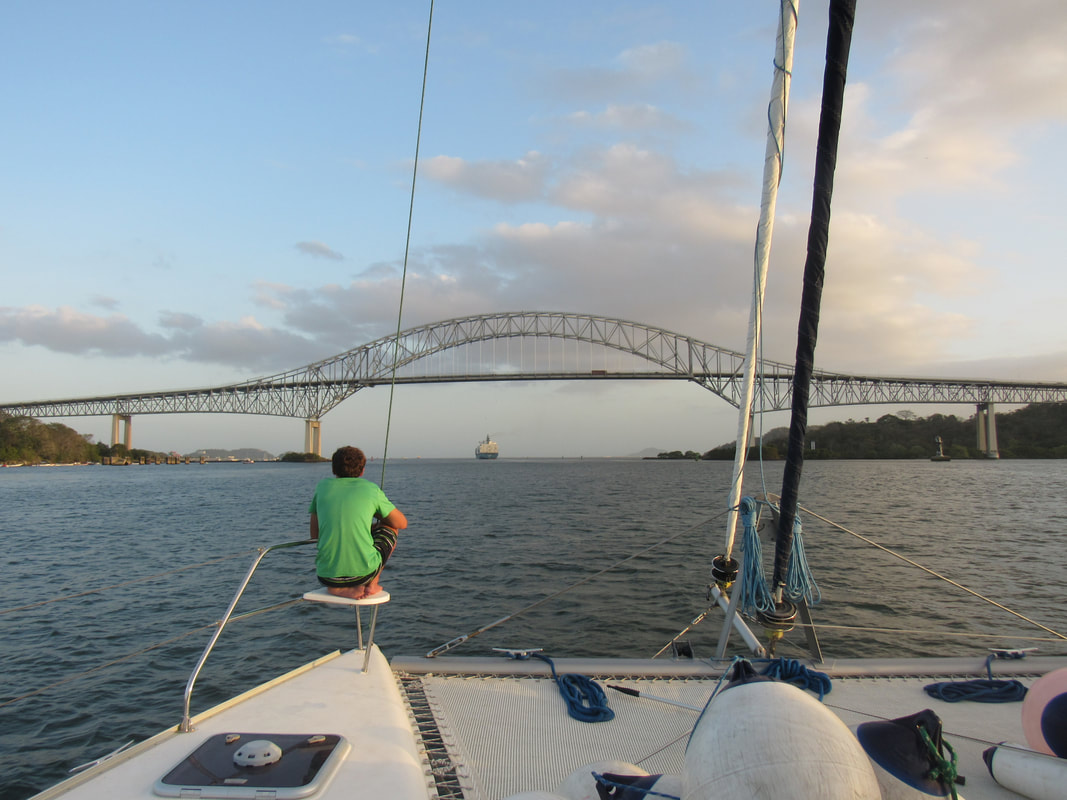
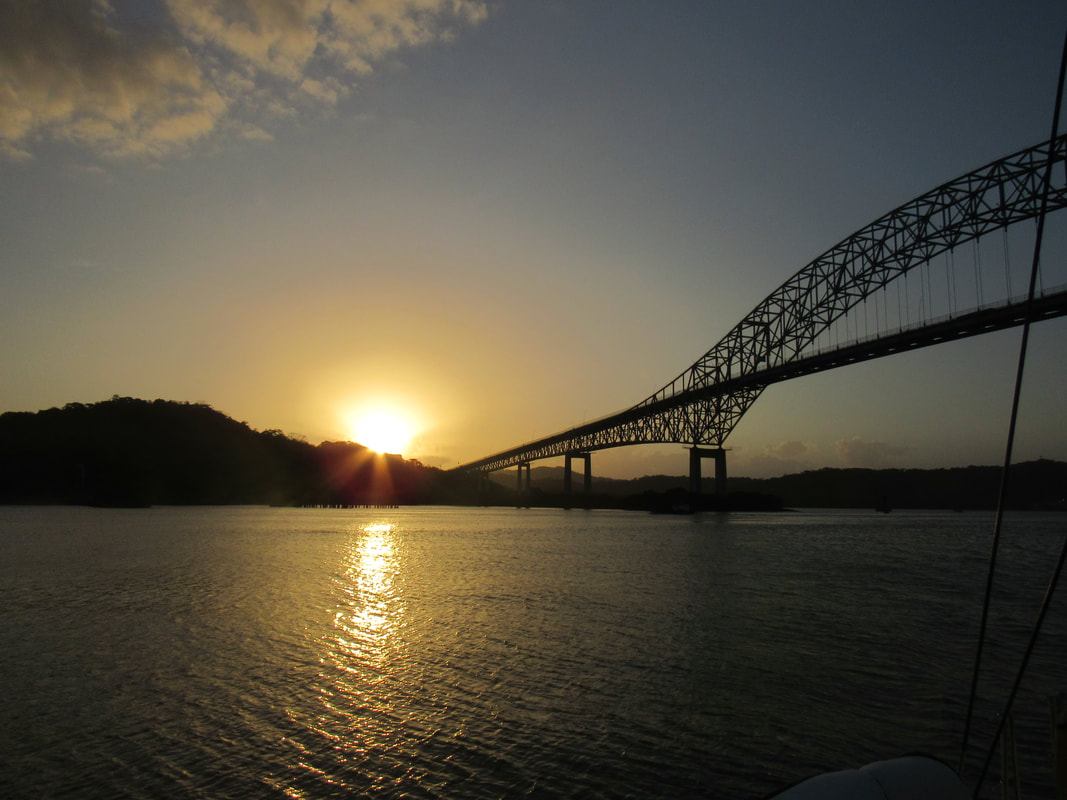







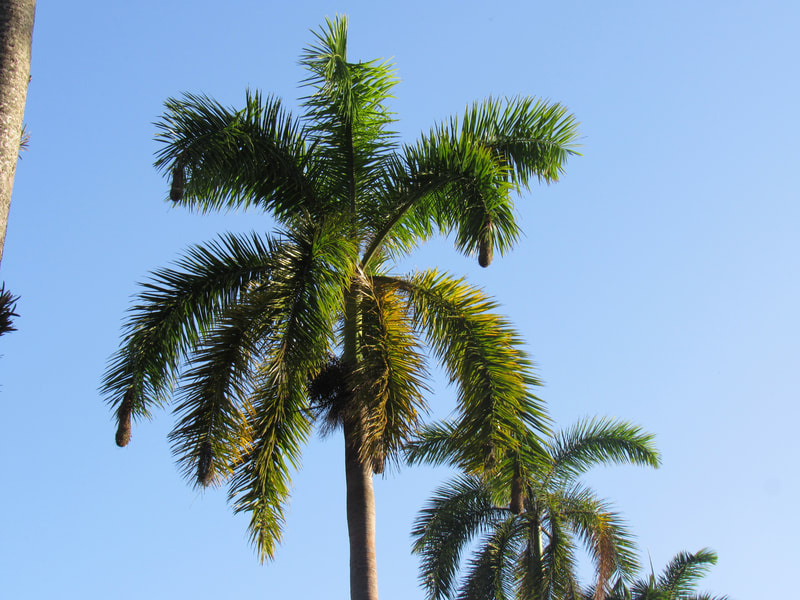
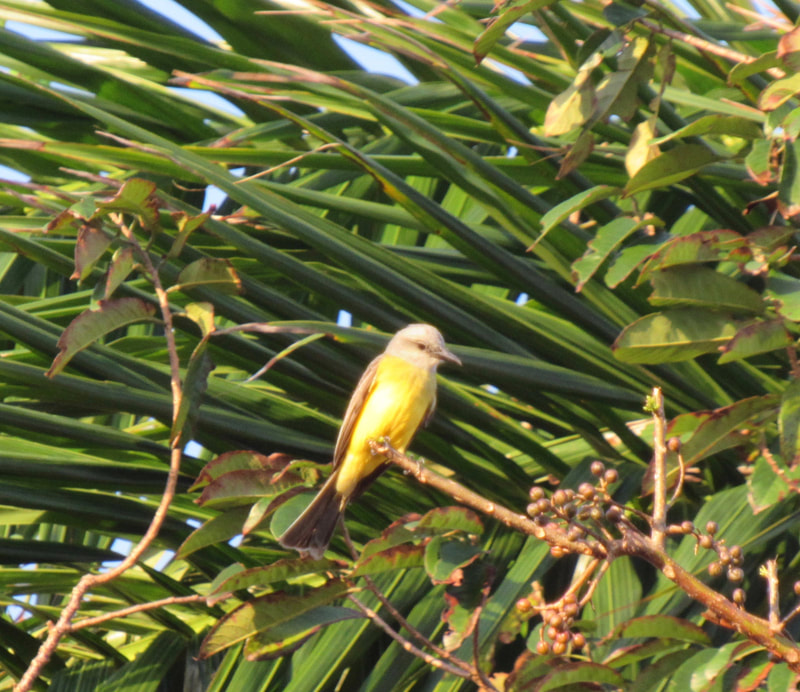
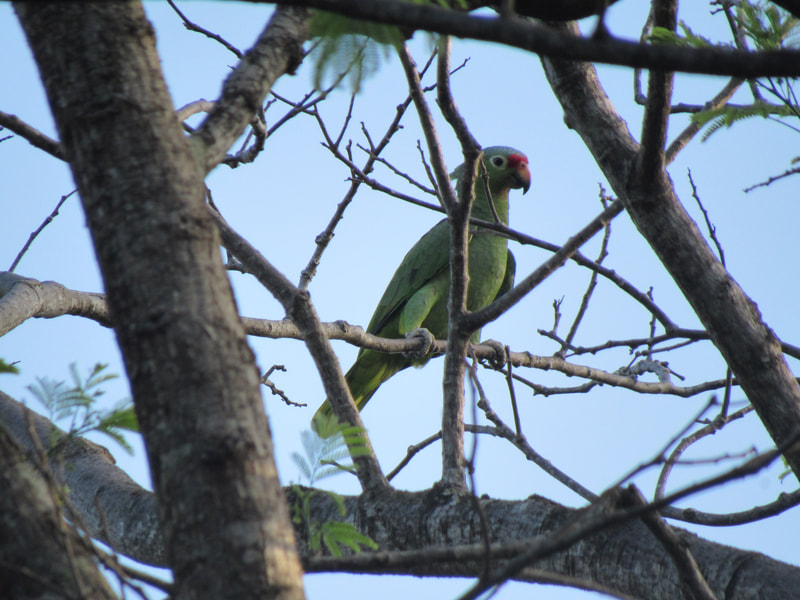
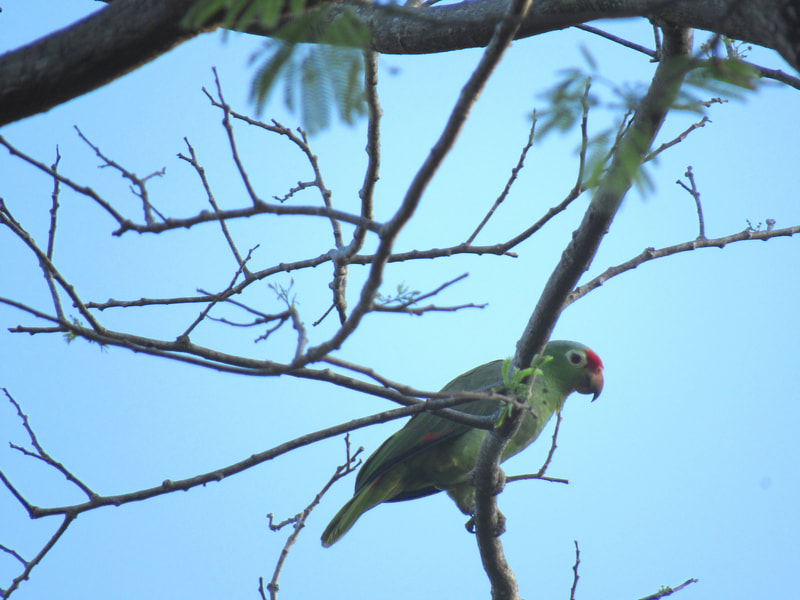



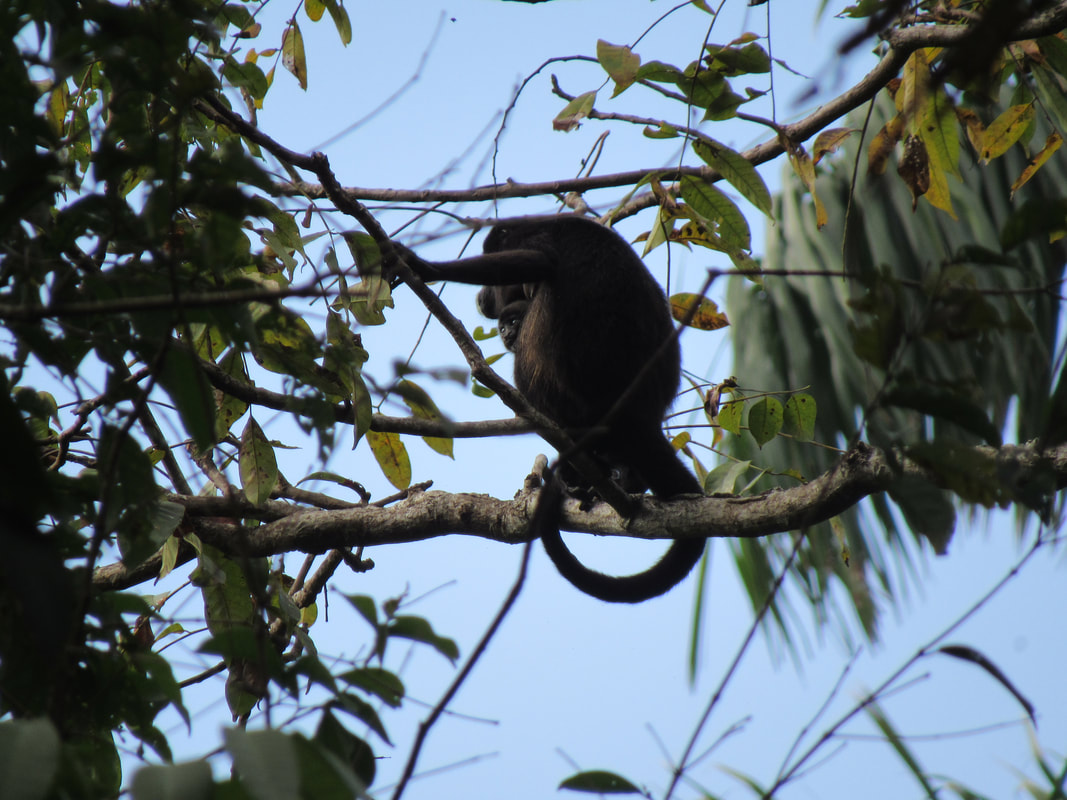
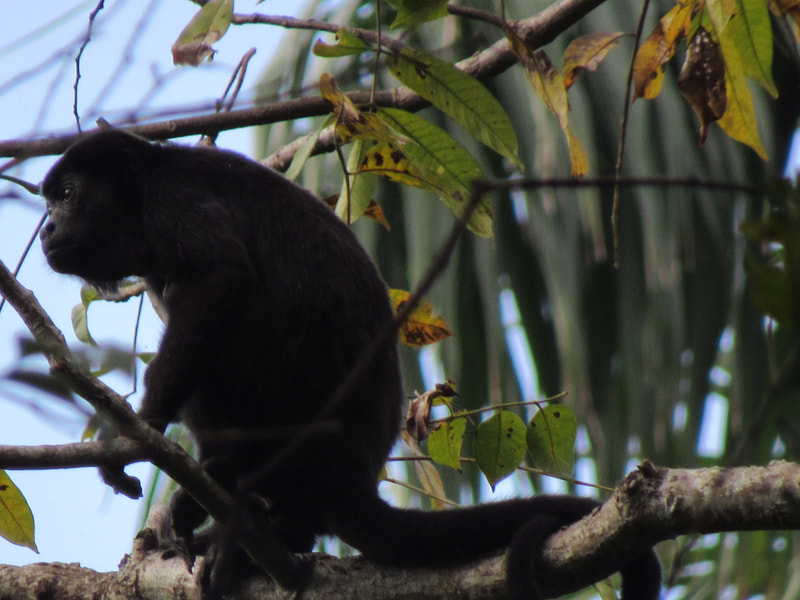
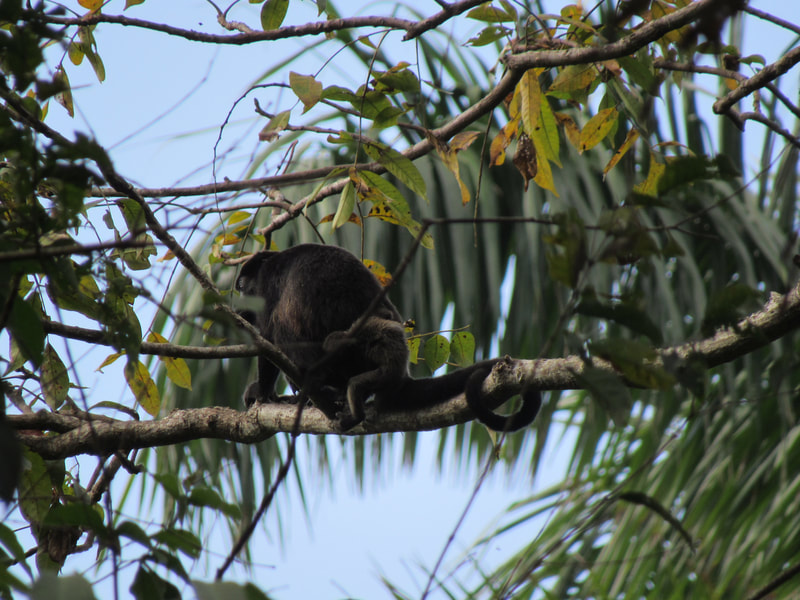



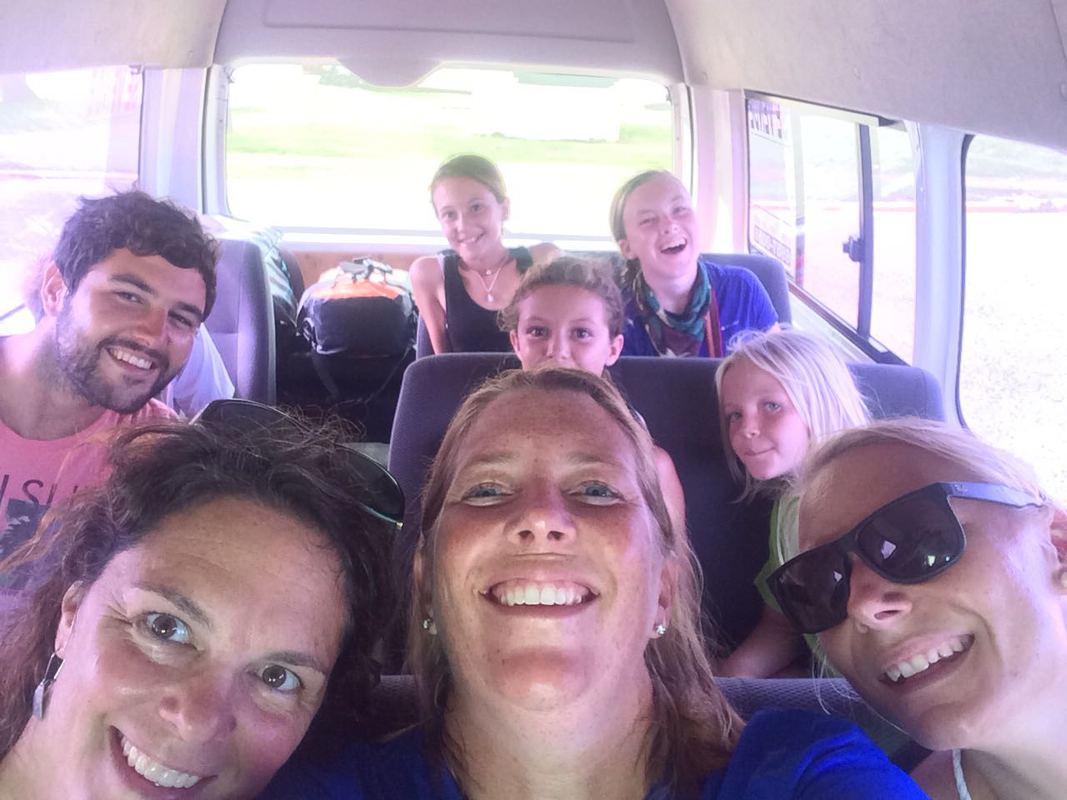


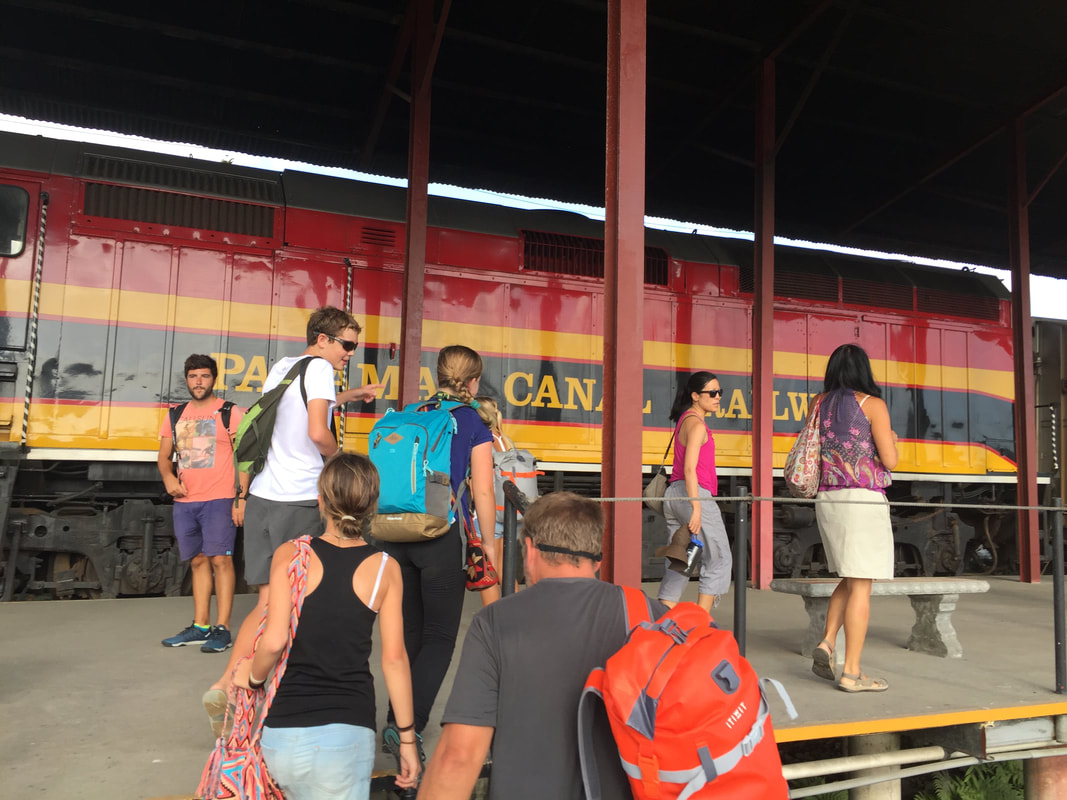

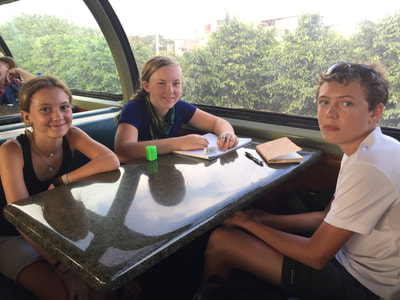


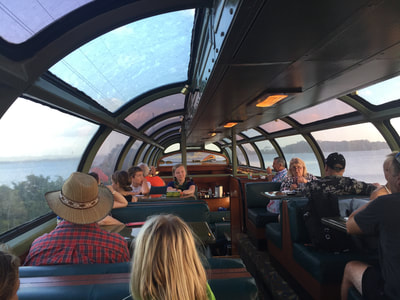


 RSS Feed
RSS Feed